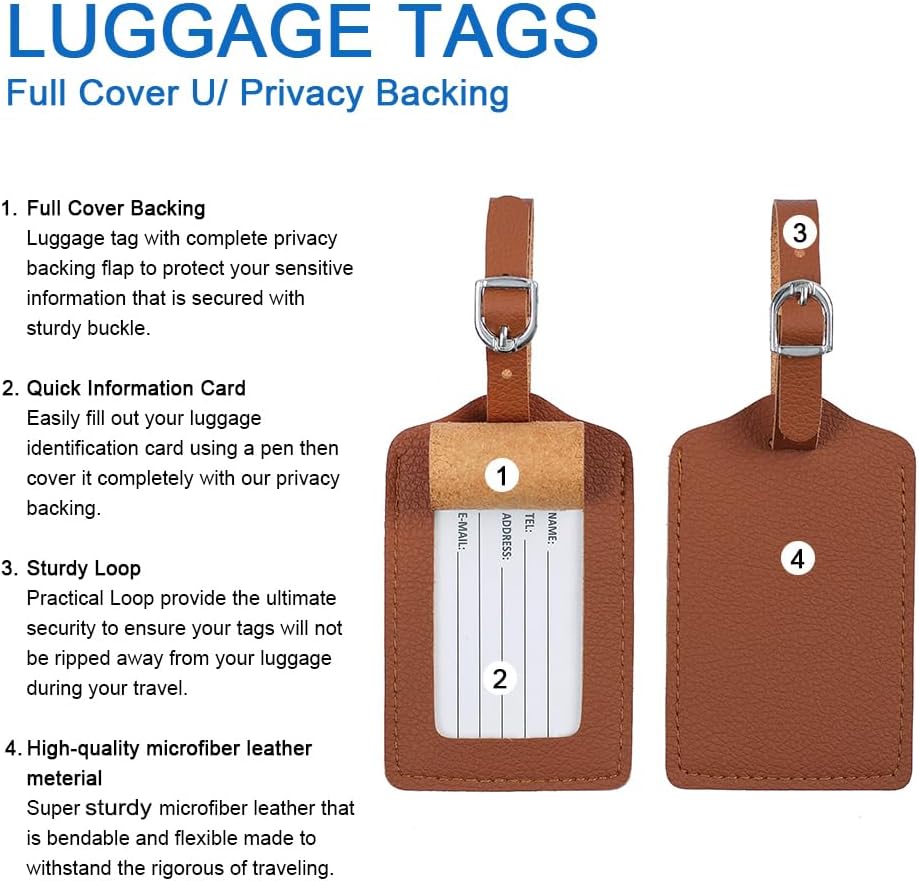





Understanding Amazon’s Review Calculation System
In the vast marketplace that is Amazon, customer reviews serve as a critical determinant for product success. When consumers contemplate a purchase, they often rely heavily on star ratings and feedback from fellow buyers. But how does Amazon decide upon these ratings? This article delves into the intricacies of Amazon’s review calculation system, shedding light on what influences star ratings and how consumer trust is established.
What Factors Influence Amazon’s Star Ratings?
To truly understand the rate your product receives, it’s essential to recognize that Amazon employs a sophisticated algorithm. It’s crucial to grasp the elements that contribute to the overall star rating:
1. Review Recency
Not all reviews hold equal weight. Amazon’s system prioritizes more recent feedback. This means that if a product received five stellar reviews a year ago but garnered two negative ones today, the latter could significantly impact the overall star rating.
2. Purchase Verification
A customer’s history as a verified buyer plays a significant role. Reviews from individuals who have purchased the item through Amazon carry more credibility. By analyzing buying patterns, Amazon ensures that only genuine feedback influences ratings.
3. Review Quality
An in-depth review is likely to be valued more than a brief comment. Certain aspects of reviews, such as detailed descriptions of product experiences or the use of specific features, help verify trustworthiness and are given additional credibility.
4. Trustworthiness of the Reviewer
Amazon evaluates the credibility of reviewers based on their review history. Those with numerous verified purchases and other credible reviews tend to have their feedback weighed more heavily in the rating system.
How Are Overall Ratings Calculated?
Instead of a basic average, Amazon’s system calculates an overall star rating based on several metrics. While the pure numerical average approach seems straightforward, it fails to factor in recent developments or the context of individual reviews.
Weighted Ratings
The algorithm assigns different weights to reviews based on multiple criteria, including recency and verification status, effectively rolling out a more nuanced portrayal of a product’s standing.
Dynamic Adjustments
Over time, the star rating can fluctuate. This dynamic nature reflects any incoming reviews – good or bad. A well-loved item might dip in scores as newer, less favorable reviews come in.
What is the Importance of Customer Feedback?
Understanding customer feedback isn’t just about numbers; it plays a pivotal role in shaping purchase decisions. A solid testimonial can easily sway undecided buyers, while negative reviews may deter potential customers. Here’s why this remains essential:
Influence on Buyers’ Decisions
A product with a higher star rating generally garners more interest. Buyers naturally gravitate towards items that are positively reviewed, believing them to be of superior quality.
Impact on Seller Reputation
Consistent positive feedback builds a seller’s reputation. They become synonymous with quality products, leading to a greater customer base and higher sales.
Opportunity for Improvement
Negative reviews, although disheartening, provide valuable feedback for sellers. They can pinpoint what customers desire, allowing sellers to refine their products.
The Pros and Cons of Amazon’s Review System
Pros
- Increased Transparency: Buyers have access to a plethora of opinions that help inform their decisions.
- Quality Control: Sellers are motivated to produce quality products to garner positive ratings.
- Feedback Loop: Sellers can iterate and improve based on constructive criticism from consumers.
Cons
- Purchasing Bias: Some customers only pay attention to overall star ratings, missing out on nuanced reviews that offer deeper insights.
- Review Manipulation: Unscrupulous sellers may attempt to game the system, either by manipulating reviews or engaging in retrospective goodwill gestures to sway ratings.
- Limited Context: A single negative review can heavily impact a product’s score, despite the overwhelming positive feedback.
What Can Sellers Do to Boost Their Ratings?
Sellers seeking to elevate their ratings must employ smart strategies:
1. Encourage Authentic Feedback
Post-purchase emails asking for feedback can help gather more reviews. Customers who appreciate a product are often willing to share their experiences.
2. Respond to Negative Reviews
Addressing concerns directly can showcase a seller’s commitment to customer satisfaction and may even prompt customers to reconsider their reviews.
3. Maintain Product Quality
Quality assurance should be a priority. Regular checks and balances ensure that products meet or exceed customer expectations.
How to Interpret the Ratings and Reviews?
Customers should approach product ratings and reviews judiciously:
1. Read Beyond the Star Rating
Focus on detailed reviews to understand real consumer experiences. Ratings can be deceiving; context is key.
2. Look for Patterns
Identify whether multiple reviews point out the same issues or strengths. This indicates reliability in those claims.
3. Check Reviewer Credibility
Examine the reviewer’s history. A reviewer with a record of thorough and trustworthy feedback tends to provide more dependable insights.
Conclusion
In summary, Amazon’s review system goes beyond mere numbers. By incorporating a multilayered approach that factors in recency, purchase verification, and reviewer credibility, Amazon fosters a more informed consumer experience. Understanding how this system works not only empowers sellers to improve their offerings but also allows consumers to make better purchasing decisions.
Frequently Asked Questions (FAQs)
1. How does Amazon prevent fake reviews?
Amazon employs algorithms to detect suspicious activities and regularly audits reviews to identify any fraudulent behavior.
2. Are reviews from non-verified buyers considered?
Yes, while they hold less weight compared to verified purchases, feedback from non-verified buyers is still included in the overall rating.
3. Can sellers delete negative reviews?
No, sellers cannot delete reviews. However, they have the option to respond to them, providing their perspective on the issue raised.
4. How often does Amazon update product ratings?
Amazon updates product ratings in real time to reflect any new incoming reviews, ensuring that the ratings are current and accurate.
5. What happens if I find a review that seems fraudulent?
Customers can report suspicious reviews directly to Amazon, who will investigate the matter to ensure the integrity of their review system.
